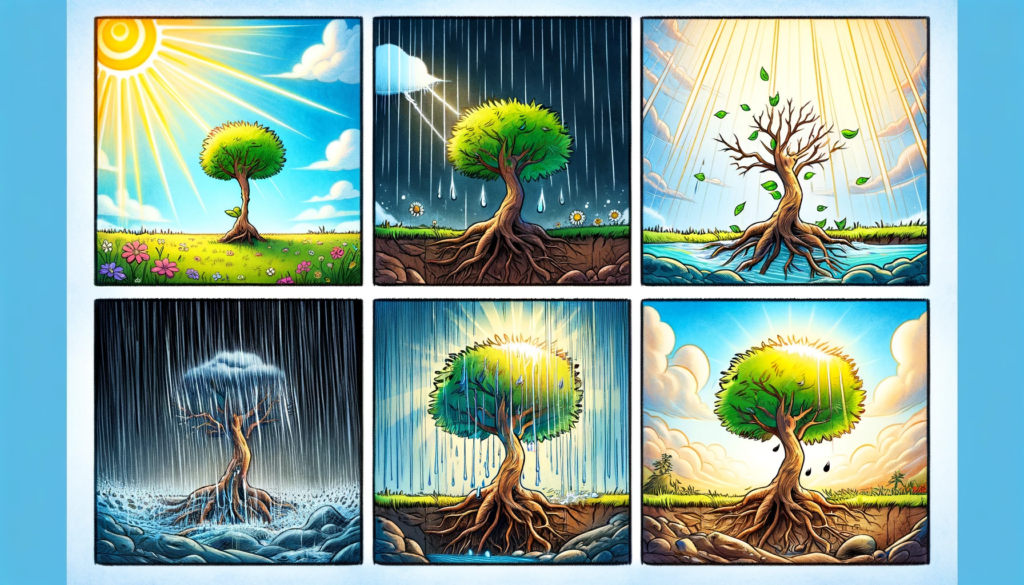
Idea for Blog
Largely based on https://www.bbc.co.uk/programmes/articles/3y685wld5pw50SBfq1hHjwk/10-easy-ways-to-boost-your-health-and-wellbeing-during-your-working-day
Introduction
In the era of remote work, maintaining both physical and mental health is crucial, possibly more so than in a traditional office setting. Dr. Michael Mosley’s podcast, “Just One thing,” provides valuable insights into simple yet effective habits that can enhance wellbeing. Here’s how you can adapt these tips to a work-from-home environment, focusing on physical health, mental clarity, and social interaction.
Before Work
- Go for an Early Morning Walk: Initiate your day with a walk. It’s especially important when working from home as it helps delineate between home life and work life. This physical activity stimulates the brain and body, preparing both for a productive day.
- Have a Cold Shower: A quick cold shower can invigorate your senses, boost your immune system, and increase alertness, setting a positive tone for the day.
During Work
- Create a Comfortable Workspace: Ensure your home office is ergonomically set up to support posture and reduce the risk of strain or injury. Comfort in your workspace is key to maintaining physical health.
- Drink Coffee and Stay Hydrated: Keep a routine similar to an office environment. Regularly hydrate and allow yourself coffee breaks to recharge mentally and physically.
- Take Regular Breaks: Microbreaks are even more crucial at home to prevent burnout. Stand, stretch, or do a quick workout to keep your energy levels up.
- Stand Up and Move: Set reminders to stand up or use a standing desk for part of the day. Movement throughout the day is vital to prevent the health risks associated with prolonged sitting.
- Healthy Snacking: Keep nuts and dark chocolate handy for a quick boost. These snacks are not only healthy but help in maintaining focus and energy levels.
- Meditate: Incorporate meditation into your daily routine to manage stress and enhance concentration. This practice can also improve your response to work-related challenges.
Social Interaction and Mental Wellbeing
- Socialize: Make an effort to interact with colleagues through video calls or virtual coffee breaks. Social interactions are crucial for mental health, especially when isolated at home.
- End Your Day with Relaxation: After work, disconnect and engage in activities that relax you, such as reading a book or taking a bath. This helps signal the end of the workday and begins your personal time.
Importance of Social Interaction
Interaction with others plays a significant role in mental health, especially when working remotely. Regular check-ins with colleagues not only foster a sense of community but also provide emotional support and can boost creativity and morale. Ensure to incorporate social elements into your day to combat the isolation that can sometimes accompany remote work.
By integrating these practices into your work-from-home routine, you not only enhance your physical and mental wellbeing but also maintain productivity and a sense of connectedness. Remember, taking care of yourself is the first step towards achieving a balanced and fulfilling professional life from home.



